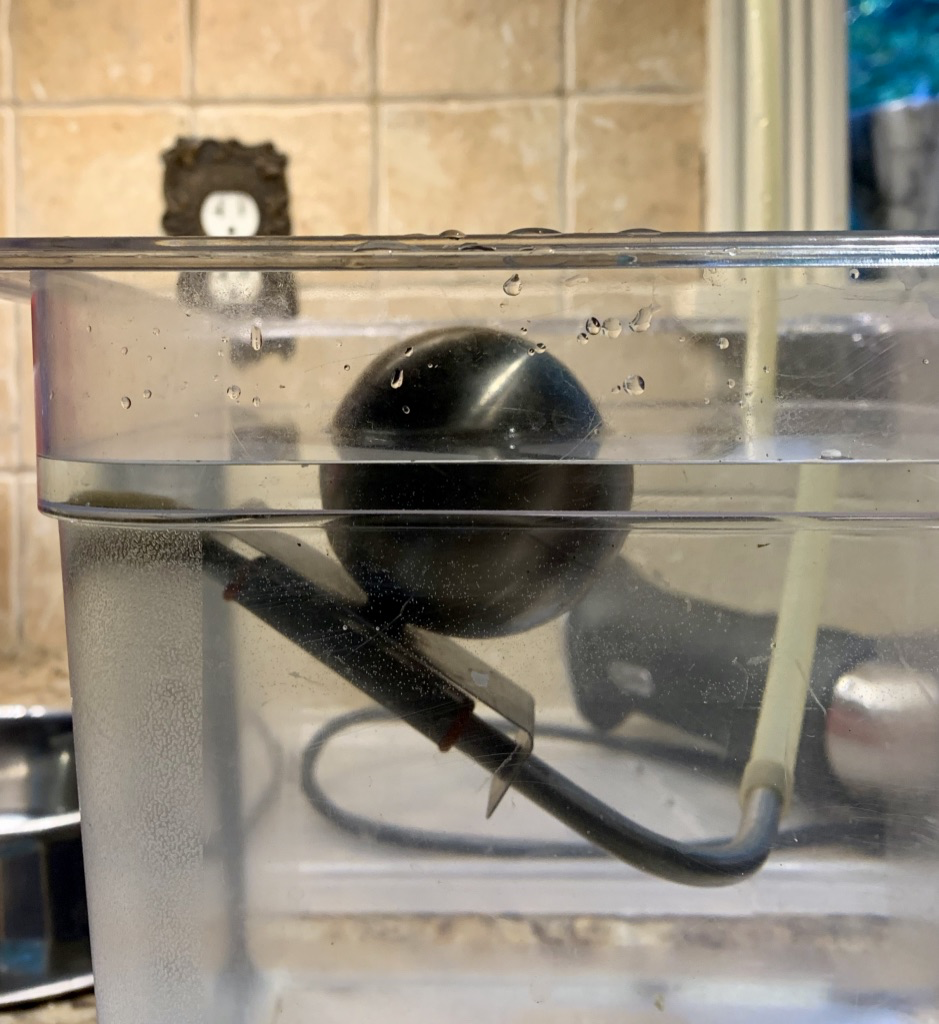HopsAreGood
Well-Known Member
For those of you that have a clear beer draft system, or another similar floating dip tube, I’m wondering if you can do closed transfers from the fermenter into a keg through the liquid post.
Typically I’ve done this with a traditional dip tube that goes down to the bottom of the keg, but I’m wondering if there would be any issues or problems doing it with a floating one.
Thanks
Typically I’ve done this with a traditional dip tube that goes down to the bottom of the keg, but I’m wondering if there would be any issues or problems doing it with a floating one.
Thanks









































![Craft A Brew - Safale S-04 Dry Yeast - Fermentis - English Ale Dry Yeast - For English and American Ales and Hard Apple Ciders - Ingredients for Home Brewing - Beer Making Supplies - [1 Pack]](https://m.media-amazon.com/images/I/41fVGNh6JfL._SL500_.jpg)

















